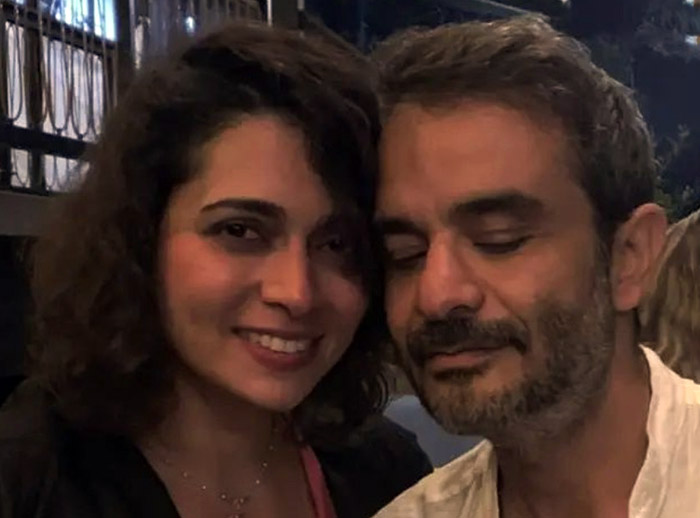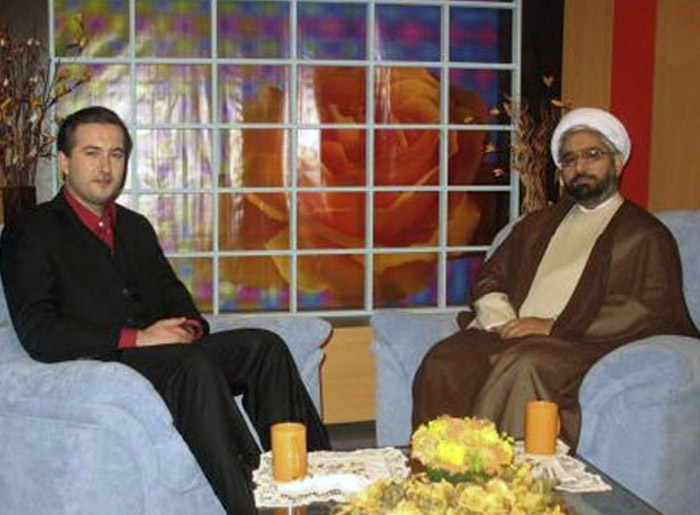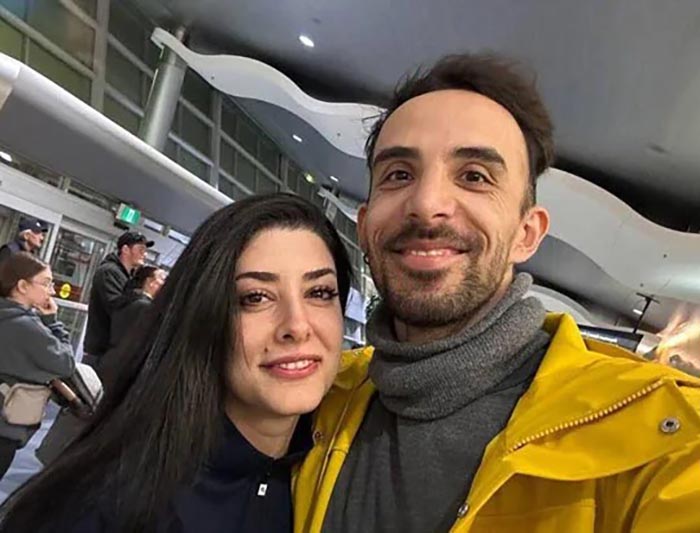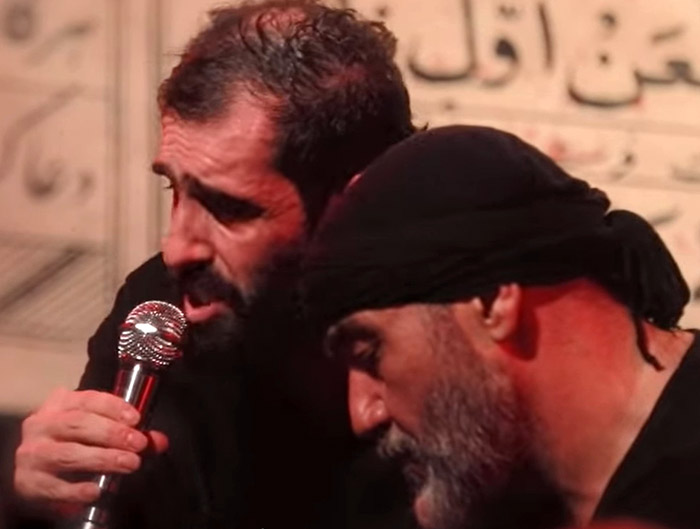Spectacular color pictures for the first time of Qajar women by Antoine Sorogin
Many of Antoin’s photographs were taken between 1870 and 1930. Because Sevruguin spoke Persian as well as other languages, he was capable of communicating with different social strata and tribes in his country. His photos of the royal court, harems, mosques, and other religious monuments were compared to those of other Western photographers in Persia. The reigning Shah, Nasir al-Din Shah (reigned from 1846–1896), took a special interest in photography, and many royal buildings and events were portrayed by Sevruguin. Because Sevruguin traveled to Persia and took pictures of the country, his travels record as it was in his time. Sevruguin’s pictures show a small city. They show monuments, bridges, and landscapes that have changed since then. Some of Sevruguin’s portraiture fed preexisting stereotypes of Easterners but nevertheless had a commercial value and today prove to be historical records of regional dress. Photographic studios in the nineteenth century advertised a type of picture known in French as “types”. These were portraits of typical ethnic groups and their occupations. They informed the European viewer, unfamiliar with Persian culture, about the looks of regional dress, handcraft, religion, and professions. Photographing regional costumes was an accepted method of ethnological research in the nineteenth century. Many European ethnological museums bought Sevruguin’s portraiture to complement their scientific collections. Museums collected pictures of merchants in the bazaar, members of a zurkhana (a wrestling school), dervishes, gatherings of crowds to see the taziyeh theater, people engaged in Shiite rituals, and more. Sevruguin’s portraits were also spread as postcards with the text ‘Types persans’. Sevruguin was a photographer who had no boundaries when portraying people of all sorts of social classes and ethnic backgrounds. He portrayed members of the Persian royal family as well as beggars, fellow countrymen of Westerners, farmers working fields, women weavers at work, army officers, religious officials, Zoroastrians, Armenians, Lurs, Georgians, Kurds, Shasavan, Assyrians, and Gilak.
May 6, 2023 | 11:13 pm




